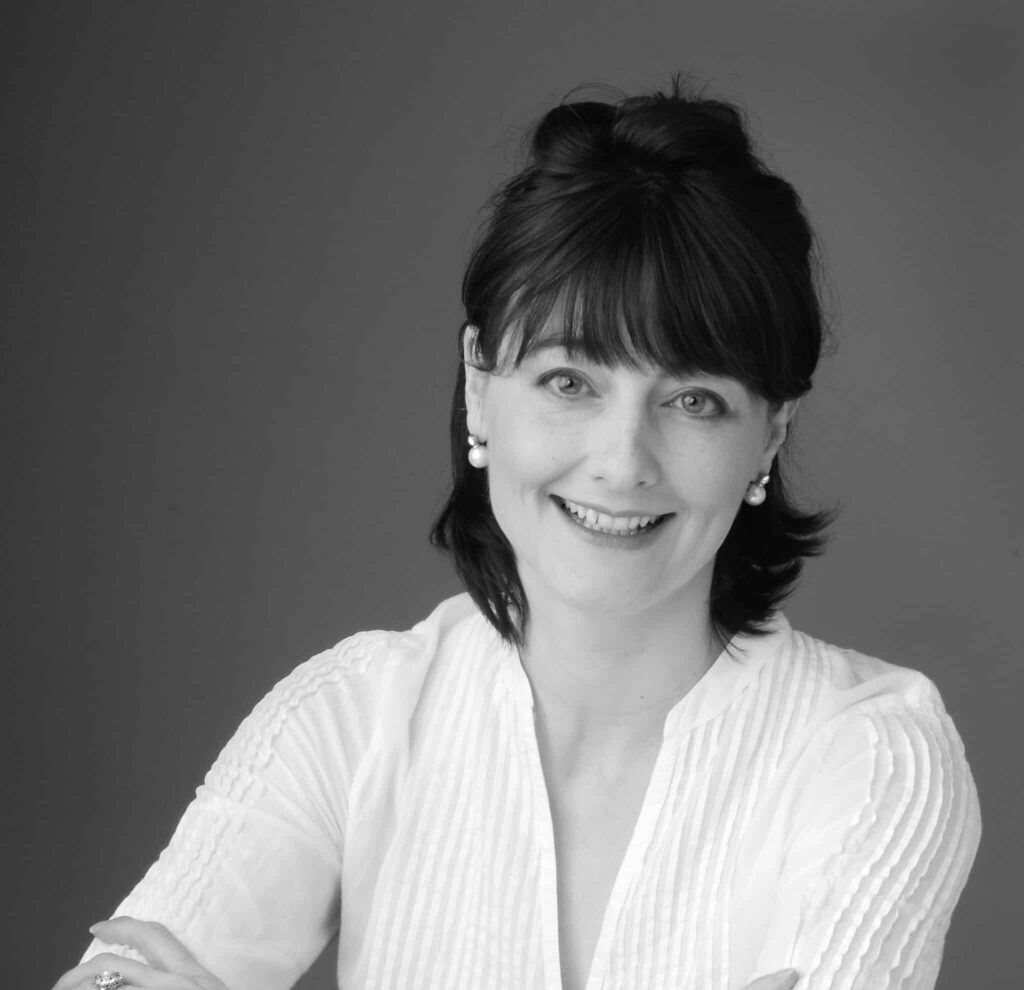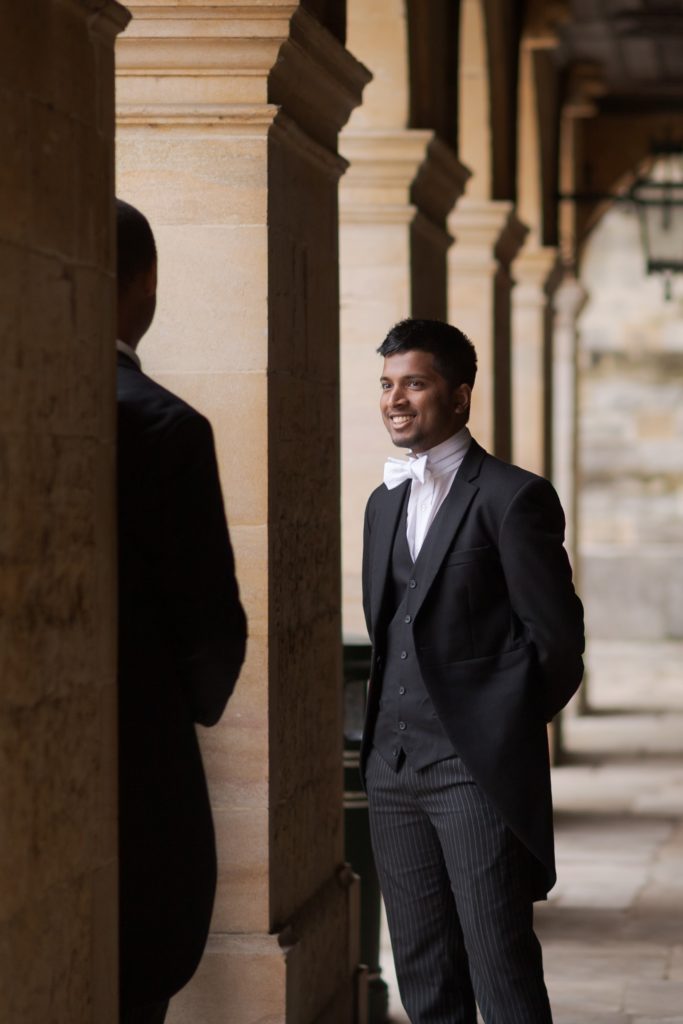Before advocating for diversity, we must first understand it. For the purposes of this study, ’diversity’ includes the real or perceived differences among people with regard to race, religion, physical or mental ability, sexuality, and family status — and their relevance and impact on the treatments, opportunities, and outcomes of the individual within society. Within an educational context, we must understand diversity to be manifest primarily in the makeup of the student and staff body, whilst according to the definition by UNESCO this is how inclusive education can be manifested:
Schools should accommodate all children regardless of their physical, intellectual, social, emotional, linguistic or other conditions. This should include disabled and gifted children, street and working children, children from remote or nomadic populations, children from linguistic, ethnic or cultural minorities and children from other disadvantaged or marginalised areas or groups (UNESCO, 1994).
Intrinsic in an assessment of inclusion is that all children are educated with a view to their capability for participation in wider society. This in turn requires that educational institutions be prepared for difference in their student body, and that celebration of such diversity is paramount in framing it as an enriching opportunity for learning. School communities present the most effective way of combating discrimination through the creation of welcoming communities, the construction of an inclusive society and ultimately provision of a high-quality education for all. Schools which do their utmost for all their children, including children with specific needs, have a strong value structure based on a commitment to valuing all students as being members of their school community. These values should therefore be reflected in all practical measures taken by the school to ensure that all the students experience success while accessing the curriculum.
Intrinsic in an assessment of inclusion is that all children are educated with a view to their capability for participation in wider society.
Potentially, the implementation of the above measures and levels of success may indicate that schools need to review their rationale. Broadening the way in which success is interpreted and avoiding the measuring of success solely with examination scores is one way to start. Black-Hawkins et al. (2016) recount that throughout the years much has been said about inclusion; however, they emphasise that inclusion is not just a word, or just an idea. It needs to be a way of life, something that exists subconsciously as an underscoring philosophy.
In the UK, the recent shift towards diversity has been catalysed by the ratification of the Equality Act 2010, which was passed with the purpose of regulating, updating and consolidating the UK’s anti-discrimination policy. For schools, it has replaced nine previous pieces of legislation. There is no requirement for schools to publish a set number of equality objectives; the approach is instead proportionate, with larger schools likely to have more objectives than smaller ones. However, given the wide range of equality issues in schools, they have often published more than one objective. Department for Education advice for school leaders and governing bodies states that a school ‘should set as many objectives as it believes are appropriate to its size and circumstances; the objectives should fit the school’s needs and be achievable’. It is up to schools themselves to decide on the format they will adopt for publishing equality information and objectives. For most, this has been a set of equality objectives on their website.
Pragmatists have advocated for the promulgation of diversity within student bodies for more or less mercenary reasons (Cross, 2004); the prolonged perception of otherness, if conditioned at school, will inevitably positively impact students emerging into a necessarily diverse workplace and society. However, there are compelling moral and social reasons for diversity in education. It cannot simply be on the axis of a ‘business case’ that practitioners and advocates of diversity must operate. Sole financial and/or legal justification inadvertently grants those wary of such initiatives ‘permission’ to behave as if morally absent from a sense of shared responsibility. With this in mind, the Etonian diversity policies are striving to involve the entire student body in discourse and practice around the adoption of diversity initiatives. To a certain extent, the nationally required PSHE syllabus (implemented by Eton through the first three years in tutorials) attempts the same through the lens of ‘fundamental British values’, defined by Ofsted as democracy, rule of law, individual liberty, and mutual respect/ tolerance. The same values fit well within the scope of efforts to promote diversity.
The school has actively been putting into place initiatives in recent years which have successfully supported students who would have otherwise been unable to come.
It is perhaps an overstatement to suggest that Eton has achieved great levels of diversity. The Etonian social nexus still somewhat restricts diversity. Not only is the school single-sex, its fees exclude a notable segment of the population based on income. The school still acts as a misnomer for privilege. However, the school has actively been putting into place initiatives in recent years which have successfully supported students who would have otherwise been unable to come. It is of paramount importance to clarify that the relative level of the school’s diversity in its body does not necessarily impact its ability to provide a diverse education — but the stage on which Etonian inclusion initiatives take place is singular. There is still a bubble within which boys operate, primarily fostered by the boarding environment of the school.
At Eton, diversity policies, namely the boy-led ‘social justice’ societies (the Feminist Society and the LGBTQ+ Equality Society) have started to become more prominent but still need to be put centre stage. Compulsory exposure to proponents of such movements does take place (Laura Bates has spoken to various year groups on her Everyday Sexism project, for example), but it might be observed that lectures and seminars also leave student engagement with inclusive ideas as optional. Nonetheless, Eton cannot be indicted for a lack of effort. But diversity and inclusion has to be manifested across all levels of staff and students, and conversations around inclusion and diversity must be fostered; they should become the norm. It is not best to think of ‘PC culture’ as a set of edicts by which to abide; rather, it represents (nebulously) an active process of arbitration as we develop a unilateral societal consciousness of the injustices of the past and future. With these aims in mind there surely can be no question of the validity of an inclusive education’s place at the school.
References
Black-Hawkins, K. et al. (2016). Achievement and Inclusion in Schools. London: Routledge.
Cross, M. (2004). Institutionalising Campus Diversity in South African Higher Education: Review of Diversity Scholarship and Diversity Education. Higher Education, 47(4), 387-410.
UNESCO (1994). The Salamanca statement and framework for action on special needs education. Spain



